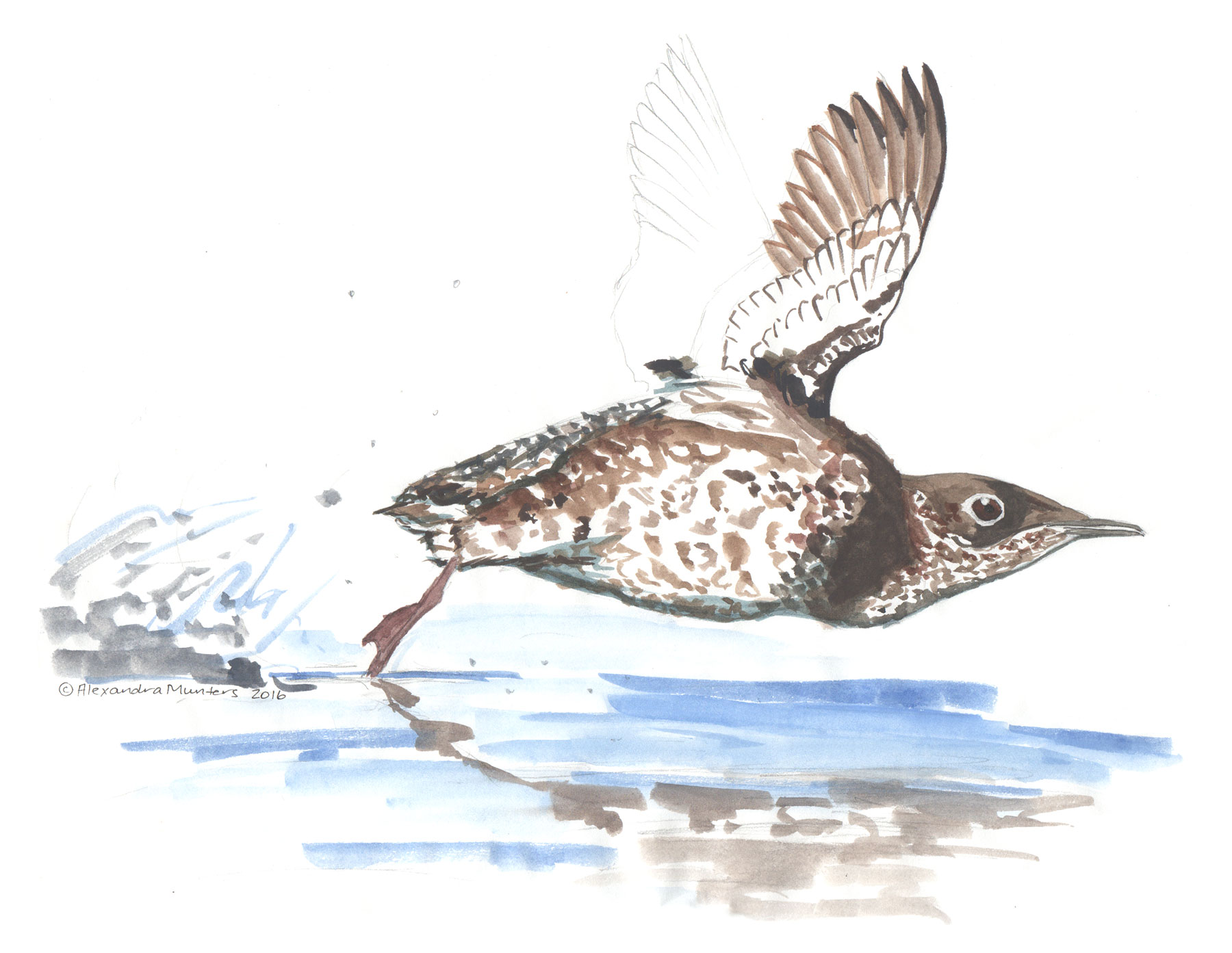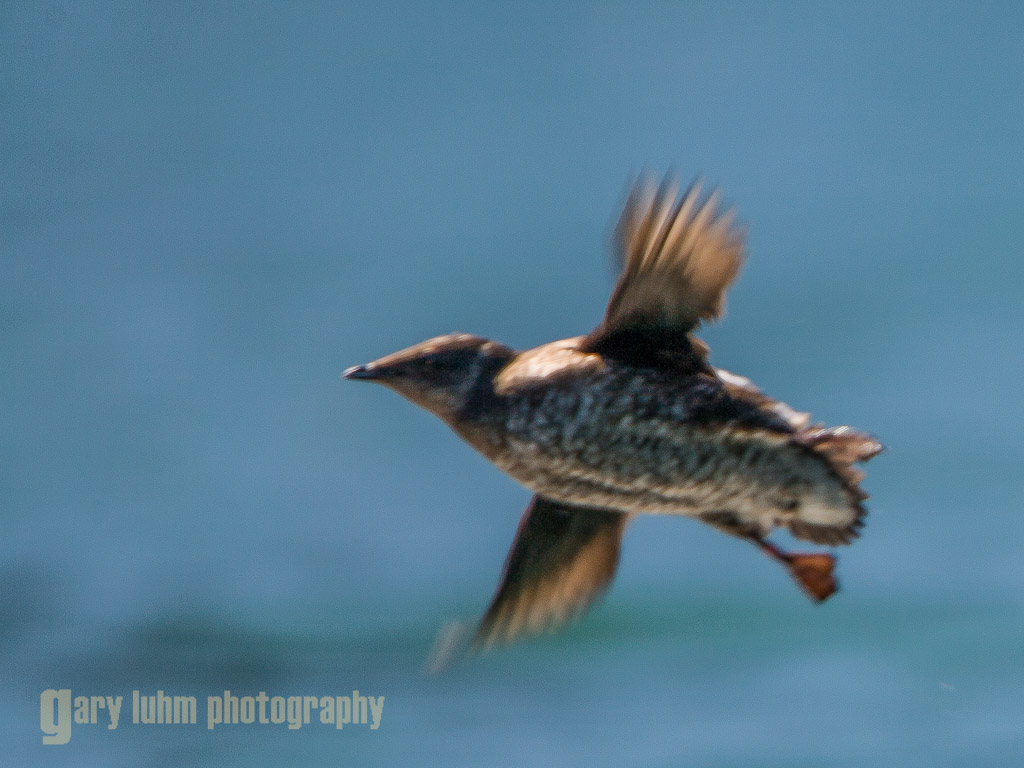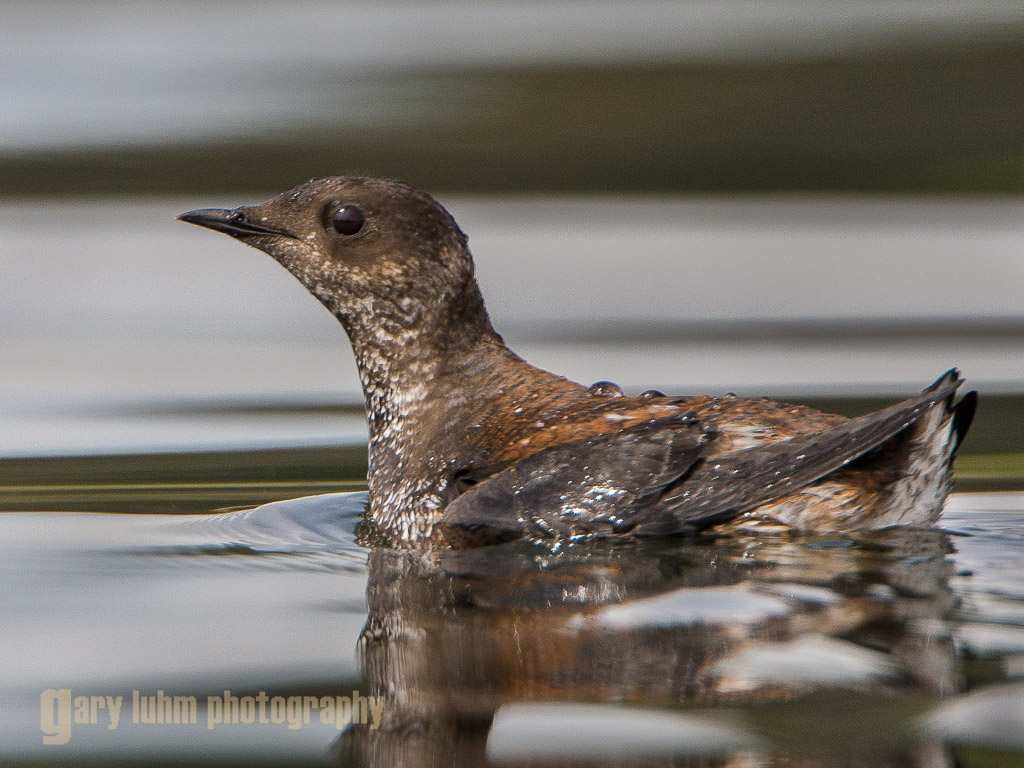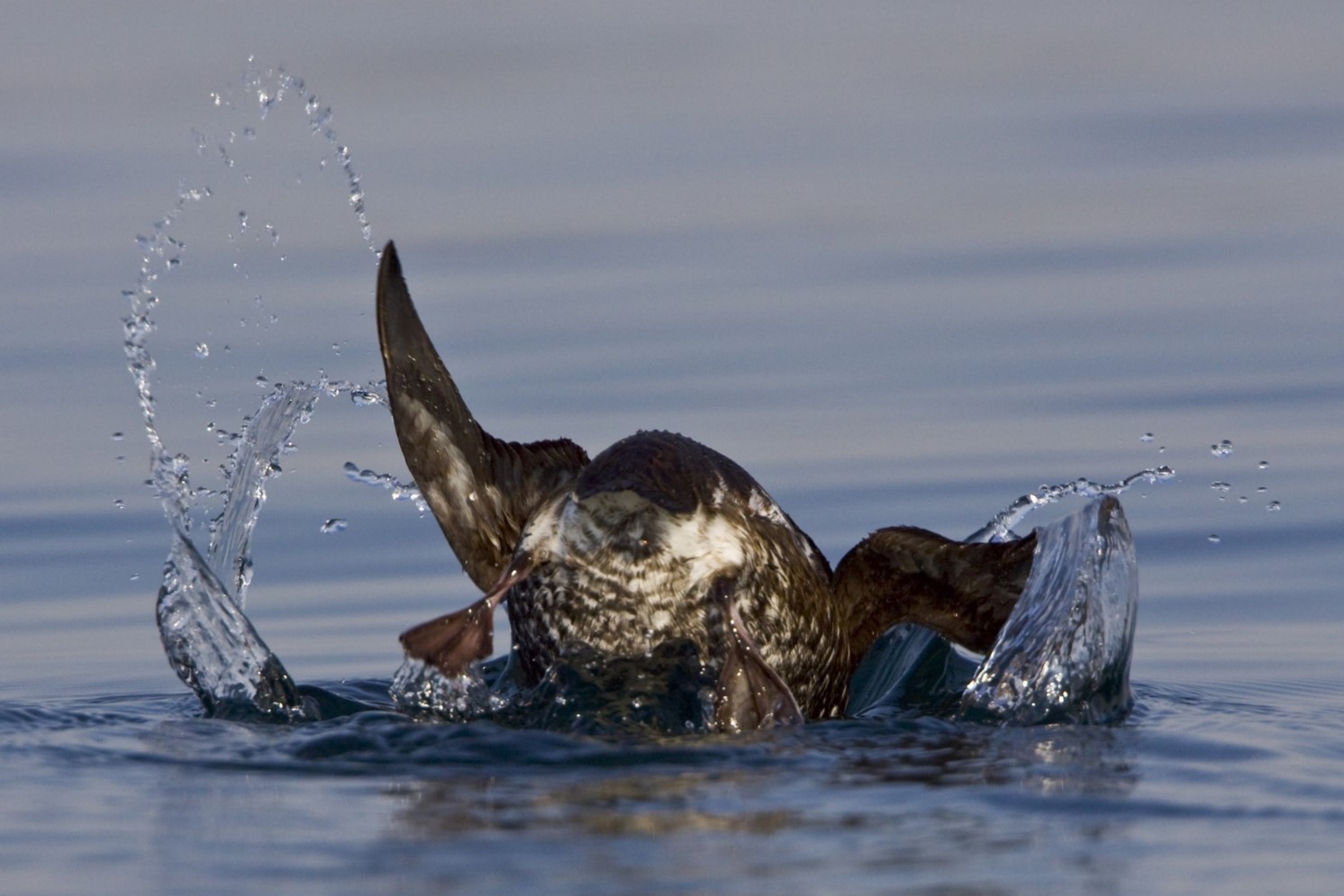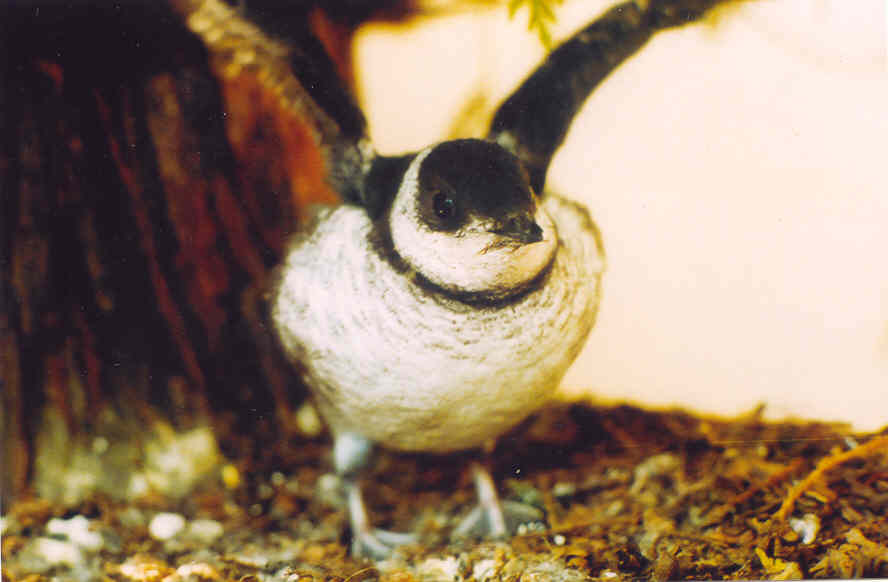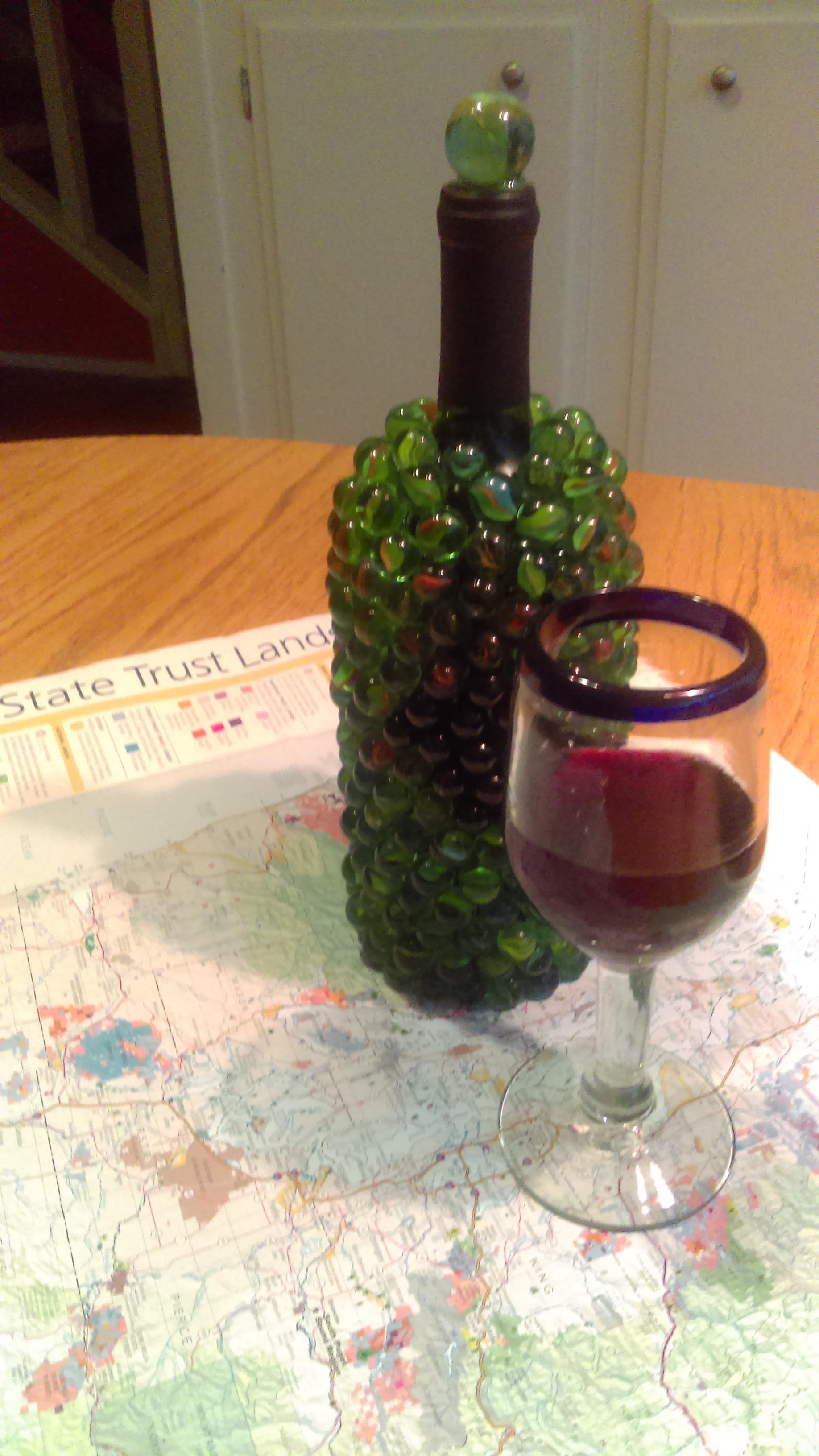After several years of work, the Department of Natural Resources and the U.S. Fish and Wildlife Service released in December the draft Environmental Impact Statement (dEIS) for six alternative Long-Term Conservation Strategies for the endangered Marbled Murrelet. The dEIS is now available for public review and input. Once the preferred strategy is selected, it will replace the interim strategy that has been in place since 1997.
But wait.
After so much time and effort, it turns out that not one of the alternatives actually does anything to save the murrelets nesting in our forested state lands. In fact, under scientific analysis, each Alternative--even the most conservative Alternative F--is associated with a downward population trajectory over the next fifty years.
Fortunately, a coalition of conservation organizations has developed a Conservation Alternative and now the coalition needs your support to encourage the DNR and USFWS to consider this alternative.
You don't need to be a policy expert to support the Conservation Alternative. If you support the work of your local Audubon chapter, Washington Audubon, the Seattle Audubon Society, the Washington Environmental Council, Conservation Northwest, Defenders of Wildlife, the Olympic Forest Coalition, the Washington Forest Law Center, or the Sierra Club--the organizations that together developed a Conservation Alternative you can feel good about supporting this.
In a nutshell...
Conservation Alternative aims to achieve the following biological goals for the marbled murrelet population in Washington State (adapted from the 2008 Science Team Report and 1997 Recovery Plan:
1. a stable or increasing population for at least a 10-year period
2. an increasing geographic distribution
3. a population that is resilient to disturbances (stochastic events such as wind throw, wildfire, and insect outbreak)
The Conservation Alternative is based on Alternative F, but recommends the following additional protections:
1. All current and future habitat within the next 50 years and/or
2. All Emphasis Areas and Special Habitat Areas from Alt. E (collectively “Conservation Areas” when combined with Marbled Murrelet Management Areas)
3. No-touch 150 m buffers around all occupied sites and old forest in the Olympic Experimental State Forest planning unit as mapped by the 2008 Science Team.
Now what?
Please take a moment to send a letter or e-mail by Thursday March 9 at 5 p.m. (Only written comment is being accepted in this process). Submit your comments online at sepacenter@dnr.wa.gov or SEPA Center, PO Box 47015, Olympia, WA 98504-7015.
Please include the file number "12-042001" on letters and postcards and in the subject line of comments send by e-mail.
If you are short on time...simply write this:
Please request that Board of Natural Resources analyze a Conservation Alternative in a Supplemental EIS before they selected a preferred alternative.
If you have another few minutes and would like to add more, here are some suggestions:
Predicted population decline: All six of the current strategies being considered by the DNR show a declining population trend for the next 50 years. None of the alternatives contribute to Marbled Murrelet survival and recovery. This is demonstrated by the DNR's own population modeling. Please recommend the BNR analyze the Conservation Alternative in a Supplemental EIS.
Recent uplisting to “endangered.” In December 2016, the Marbled Murrelet’s status was uplisted from a “threatened” to the more serious “endangered” by the Washington Fish & Wildlife Commission. The dEIS Alternatives do not properly reflect this imperiled state, as evidenced by the ongoing population decline in the dEIS population viability analysis and by the 44% smaller population size (from 2001-2015) documented in the 2016 status review. Please recommend the BNR analyze the Conservation Alternative in a Supplemental EIS.
Best-available science: Alternative F, which is based on the 2008 Science Team Report, comes closest to reaching Marbled Murrelet recovery goals, but unfortunately this alternative does not include important, more recent scientific findings. For example, a 2015 study identified the regional importance of the Strait of Juan de Fuca as a "hotspot," not previously recognized, of murrelet at-sea density adjacent to high/higher quality nesting habitat. Please recommend the BNR analyze the Conservation Alternative in a Supplemental EIS.
“Bridge” habitat: DNR-managed lands contain approximately 15% (213,000 acres) of all existing Marbled Murrelet habitat in the state, and this habitat is needed to serve as a temporal "bridge" to support the bird's population over the next 30-50 years while it is most vulnerable to extirpation. Please recommend the BNR analyze the Conservation Alternative in a Supplemental EIS.
Harvest volumes: Alternatives A-E set harvest volumes between 35,000 and 49,000 acres DNR's best option for protecting Marbled Murrelets, Alternative F, allows the harvest of 25,000 acres of mature forest habitat that is needed for the population to stabilize and recover. The DNR and USFWS should consider a stronger, more effective alternative with considerably lower harvest volumes to prevent the local extinction of the Marbled Murrelet. Please recommend the BNR analyze the Conservation Alternative in a Supplemental EIS.
Precautionary approach: Without explicit population recovery criteria at the state or federal levels, the adopted LTCS Alternative could preclude murrelet recovery if it does not preserve enough existing and future habitat. Under these conditions, a precautionary approach—as outlined in the Conservation Alternative—is appropriate. Please recommend the BNR analyze the Conservation Alternative in a Supplemental EIS.
Mitigation for loss of high-quality habitat: The restoration of low quality habitat over time does not adequately mitigate for the loss of higher-quality habitat that currently exists. Washington’s murrelet population cannot afford further habitat losses in its imperiled status, or it may become functionally extirpated before future, low quality habitat is restored gradually over time. If murrelets become functionally extirpated from Washington, the lack of genetic flow and genetic variability will become a more significant threat to the persistence of the species at the range-wide scale. Please recommend the BNR analyze the Conservation Alternative in a Supplemental EIS.
Edge-effects: Not all of the dEIS Alternatives adequately ameliorate the edge effects associated with habitat fragmentation. For example, Alternatives A and B completely lack contiguous, blocked-up Conservation Areas. Alternative F stipulates that Marbled Murrelet Management Areas only have a 50% habitat target in the Olympic Experimental State Forest; this insufficient for achieving one of the goals of the Conservation Areas—to minimize edge effects. Please recommend the BNR analyze the Conservation Alternative in a Supplemental EIS.
Buffers. Buffers on occupied sites of 100 meters or less (Alt. A-F) are too narrow to protect murrelet nests from predators, a suboptimal microclimate, and/or wind throw. Buffers of 150 meters should be part of the preferred alternative. Please recommend the BNR analyze the Conservation Alternative, which provides for these buffers, in a Supplemental EIS.
Make the talking points your own. Add information about your experience or or expertise on the marbled murrelet. Thank you for your help. If you are not filled with warm and fuzzy feelings about this bird, please click the chick for more photographs of this unique, endearing, and imperiled seabird. And a photo a literal bottle of marbled merlot.



